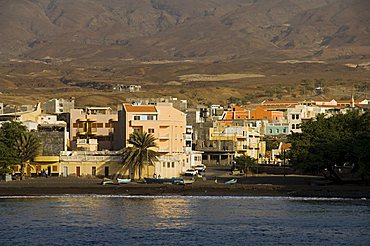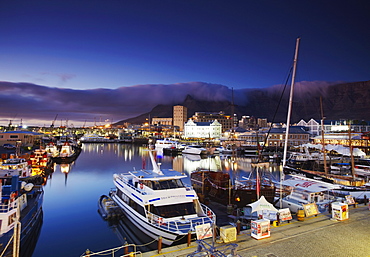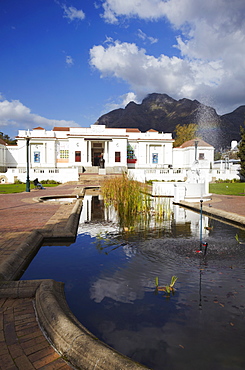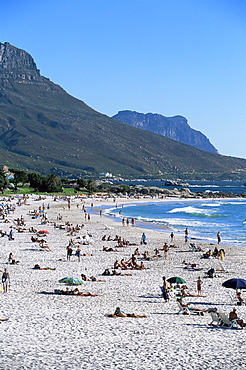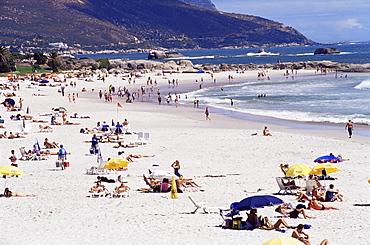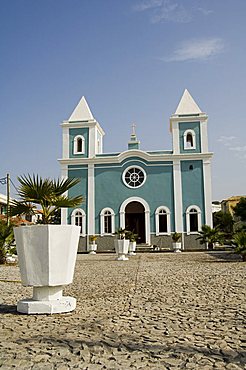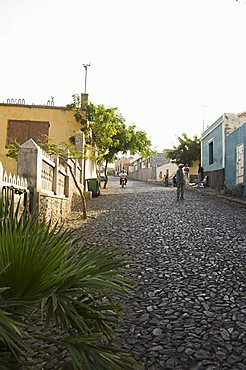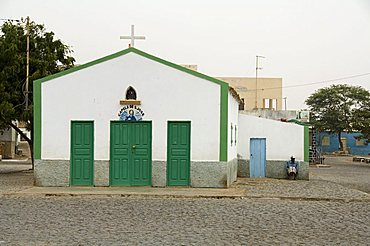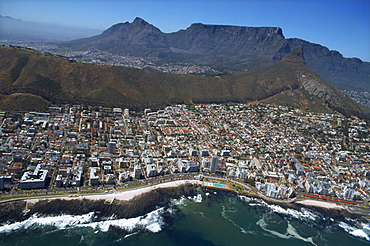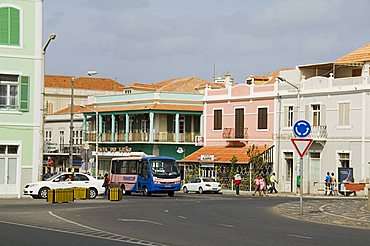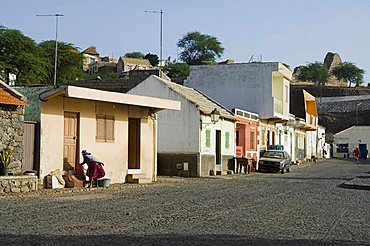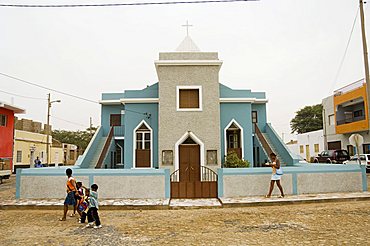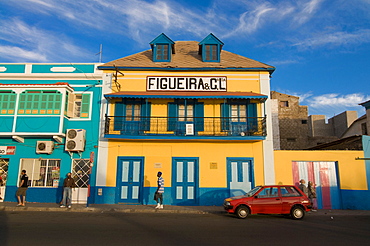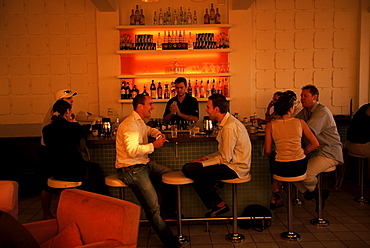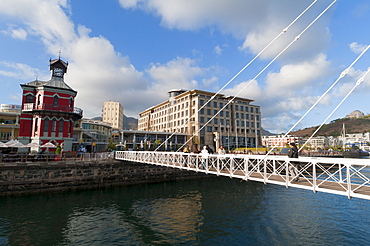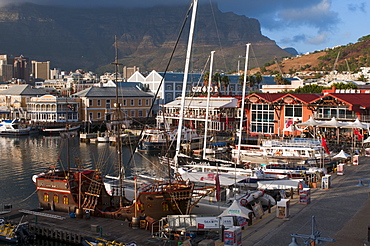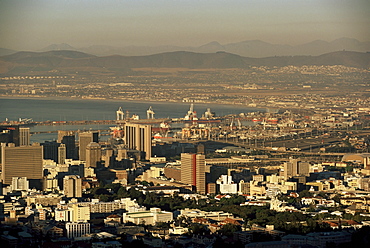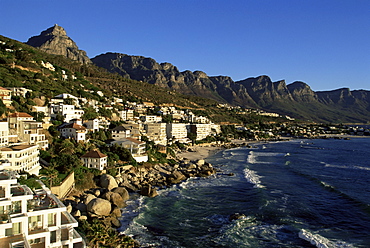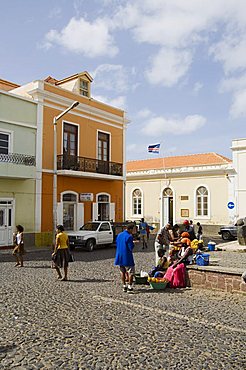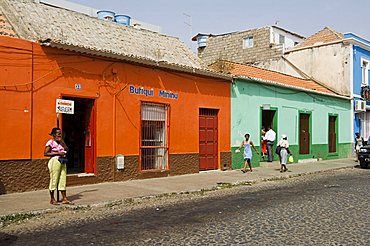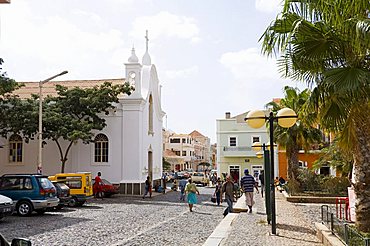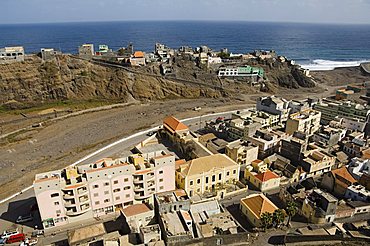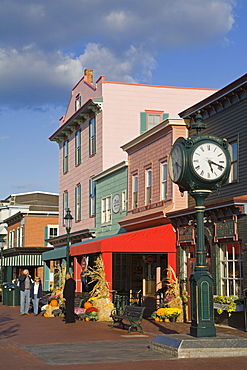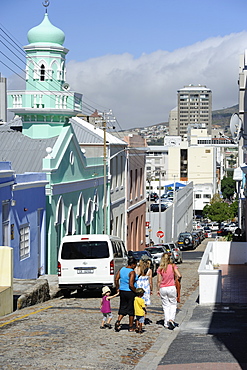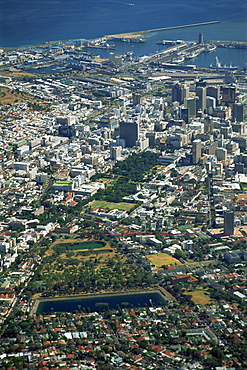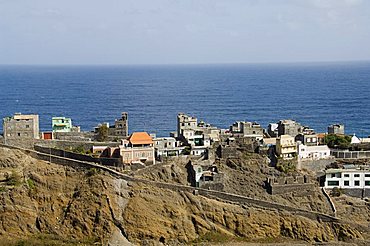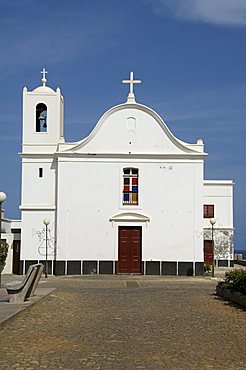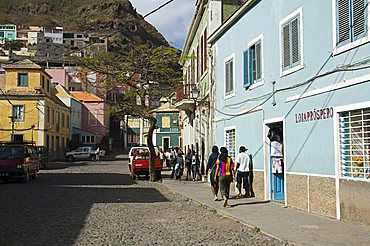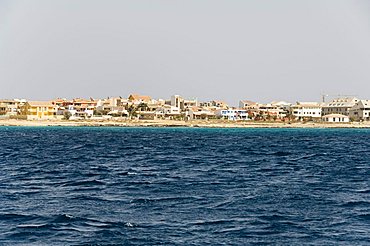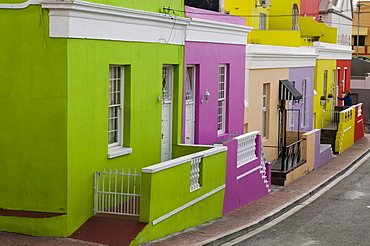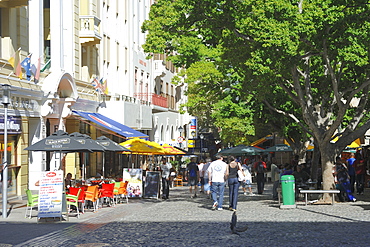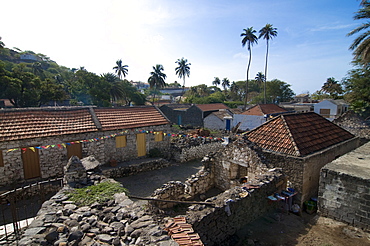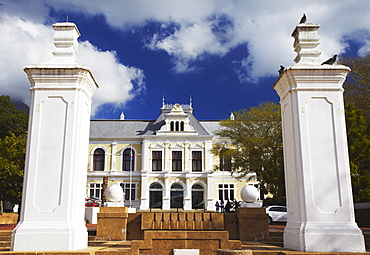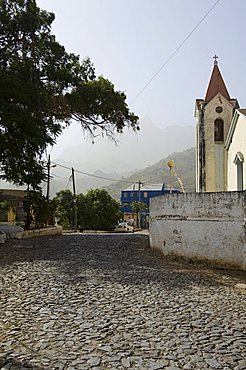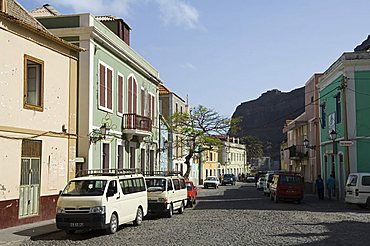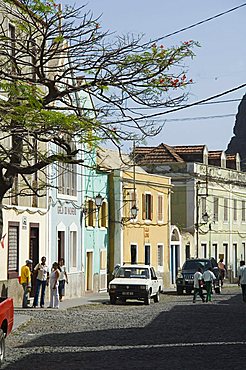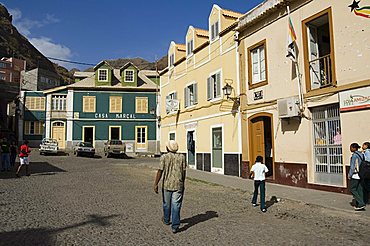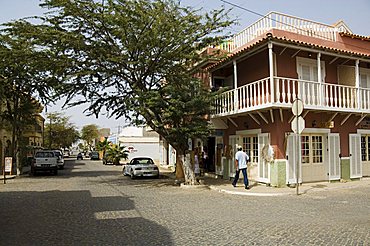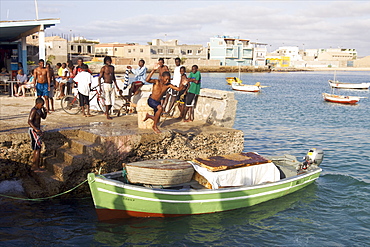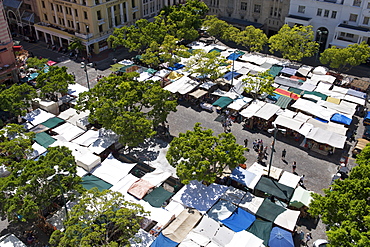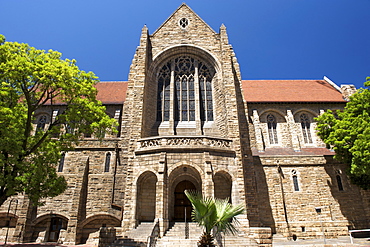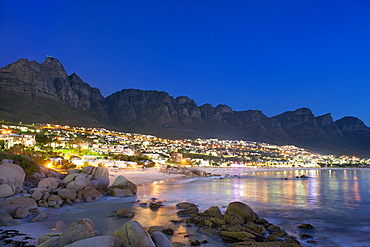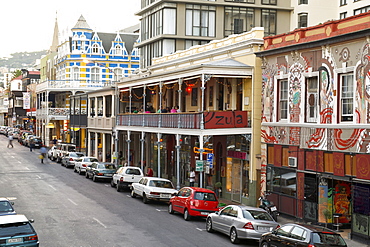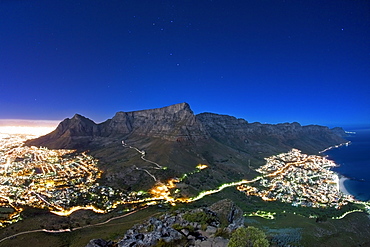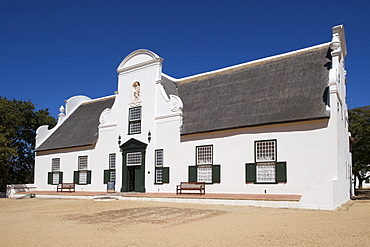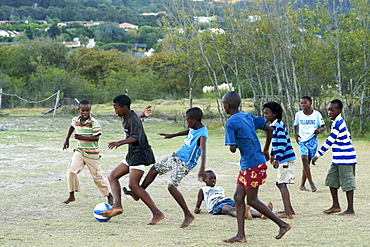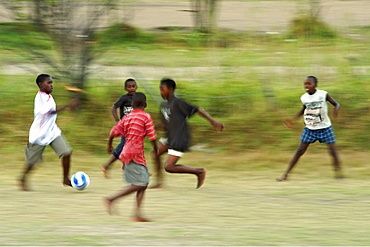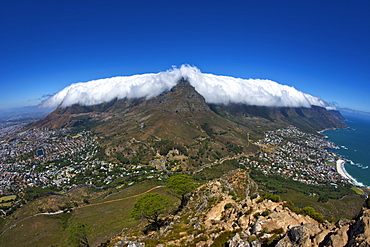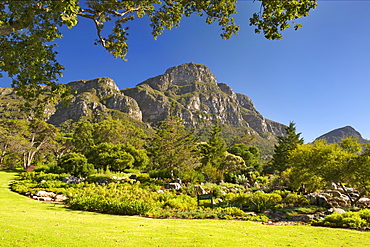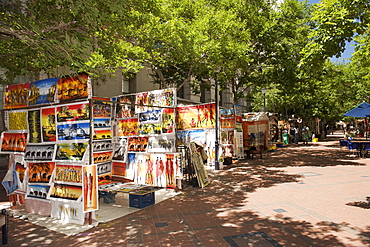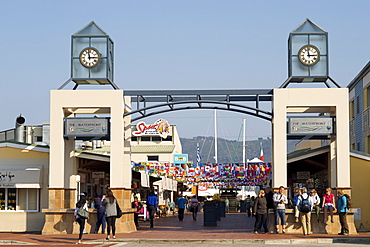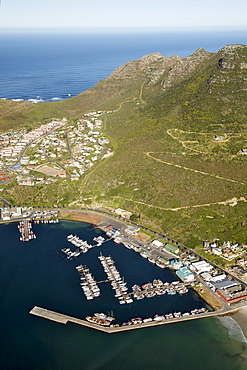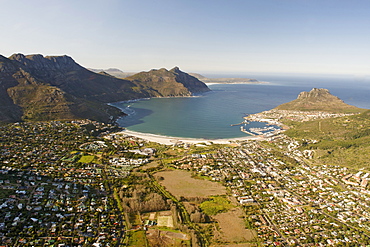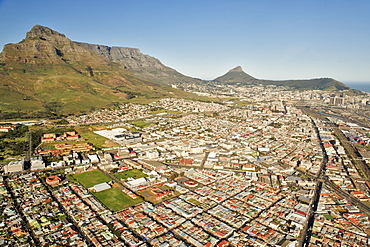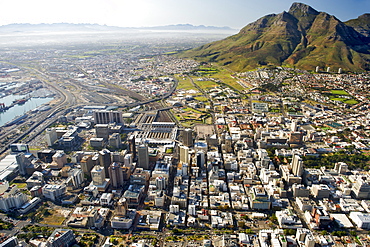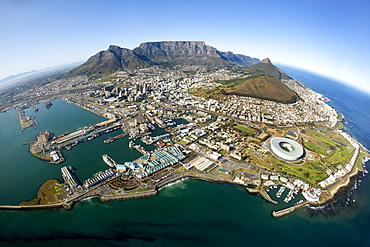Results
« Previous 1 … 8 9 10
944 results found

Beautifully restored municipal colonial building, Ponto do Sol, Ribiera Grande, Santo Antao, Cape Verde Islands, Africa
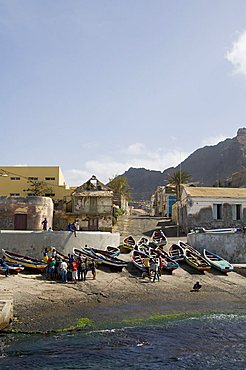
Fishermen and boats at the port of Ponto do Sol, Ribiera Grande, Santo Antao, Cape Verde Islands, Atlantic, Africa
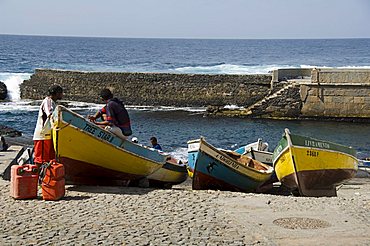
Fishing boats at the port of Ponto do Sol, Ribiera Grande, Santo Antao, Cape Verde Islands, Atlantic, Africa
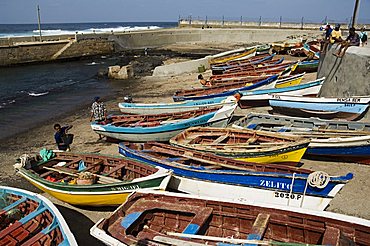
Fishing boats at the port of Ponto do Sol, Ribiera Grande, Santo Antao, Cape Verde Islands, Atlantic, Africa
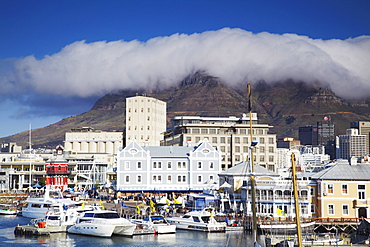
Victoria and Alfred Waterfront with Table Mountain in background, Cape Town, Western Cape, South Africa, Africa
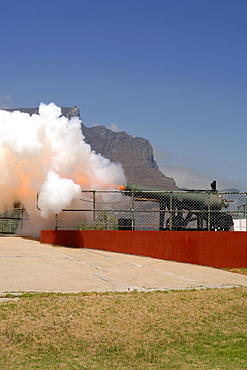
The noon gun firing in Cape Town.
The daily noon gun is Cape Town’s oldest living tradition and the two cannons used are the oldest guns in daily use in the world. They have marked the midday hour in the mother city in this distinctive, albeit noisy manner since early 1806. The cannons were cast in Britain in 1794 and still bear the royal crest of King George the third. The firing of the cannon was originally to give ships in the bay a means of re-setting their clocks accurately.
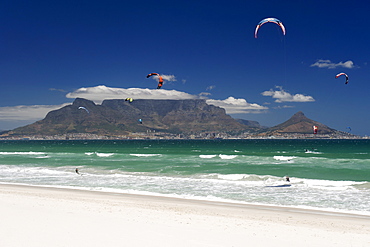
Kite surfers at Blouberg Beach with a view of Table Mountain and the city of Cape Town visible across Table Bay.
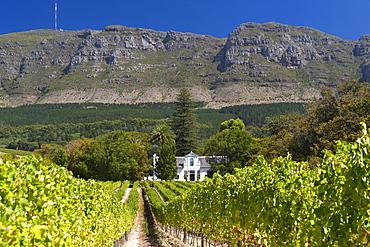
View of the manor house and vineyards at the Buitenverwagting wine estate in Constantia, Cape Town, South Africa.

Participant in the annual Minstrels procession (also referred to as the Coon Carnival) in Cape Town.

A couple observe the dusk view of Robben Island and Cape Town's Atlantic seaboard from the summit of Lion's Head.

Participant in the annual Minstrels procession (also referred to as the Coon Carnival) in Cape Town.
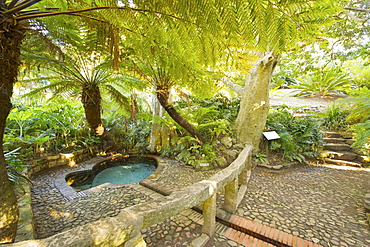
Colonel Bird's Bath in the Kirstenbosch Botanical Gardens in Cape Town, South Africa. It was built by Colonel Christopher Bird, the British Deputy Colonial Secretary during the occupation of the Cape by the British in the early nineteenth century. It was designed to collect the water and let it stand and clarify before being piped to his house for drinking water. It is often incorrectly referred to as Lady Anne Barnard's bath. She was the Colonial Secretary's wife but the bath was built after she left the Cape.
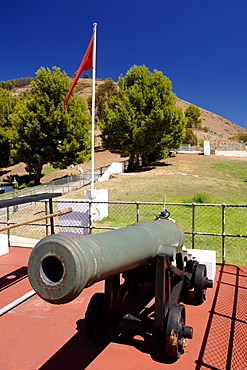
View of one of the two noon guns at Lion Battery on Signal Hill in Cape Town.
The daily noon gun is Cape Town’s oldest living tradition and the two cannons used are the oldest guns in daily use in the world. They have marked the midday hour in the mother city in this distinctive, albeit noisy manner since early 1806. The cannons were cast in Britain in 1794 and still bear the royal crest of King George the third. The firing of the cannon was originally to give ships in the bay a means of re-setting their clocks accurately.
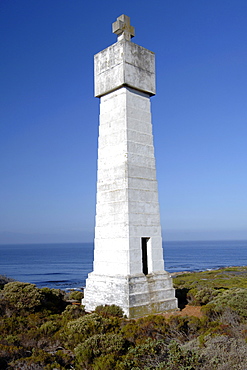
The Da Gama padrao, a monument to Vasco Da Gama in the Cape Point Nature Reserve in South Africa. Da Gama was a Portuguese sailor/explorer and led expeditions from the Cape to the East in 1497. A padrao is a limestone pillar bearing the Portuguese coat of arms and an inscription stating when and by whom it was raised. The cross signified Portuguese sovereignty and Christianity.
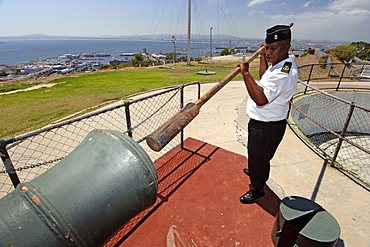
Chief Petty Officer Dudley Malgas using a wooden ram rod to push the charge into the muzzle of the noon gun cannon in Cape Town.
The daily noon gun is Cape Town’s oldest living tradition and the two cannons used are the oldest guns in daily use in the world. They have marked the midday hour in the mother city in this distinctive, albeit noisy manner since early 1806. The cannons were cast in Britain in 1794 and still bear the royal crest of King George the third. The firing of the cannon was originally to give ships in the bay a means of re-setting their clocks accurately.
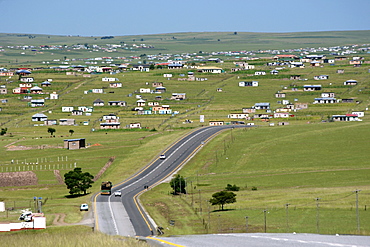
The N2 highway near the town of Idutywa in a region of South Africa's Eastern Cape Province formerly known as the Transkei.

Panoramic view of Table Mountain and the city of Cape Town in moonlight. Table Bay can be seen far left and the Atlantic Ocean coastline and suburb of Camps Bay and its beach can be seen far right.

View of the manor house and vineyards at the Buitenverwagting wine estate in Constantia, Cape Town, South Africa.
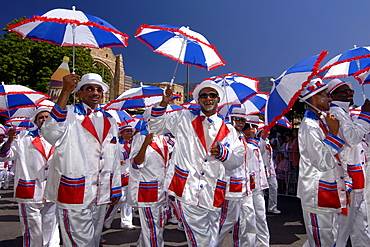
Participants in the annual Minstrels procession (also referred to as the Coon Carnival) in Cape Town.
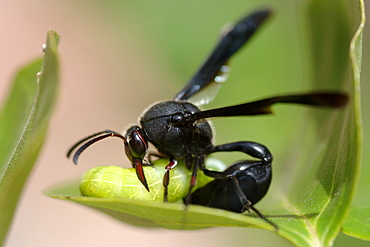
A wasp (species Delta emarginatum, family eumenidae, order hymenoptera) stings a caterpillar on a leaf in Cape Town in South Africa.
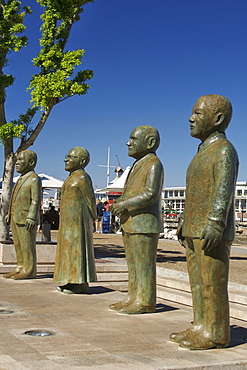
Statues of South Africa's four Nobel Peace prize laureates in the waterfront in Cape Town South Africa. From left to right: Albert Luthuli, Bishop Desmond Tutu, FW De Klerk and Nelson Mandela.
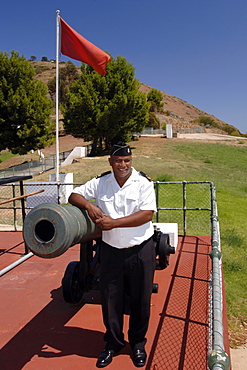
Chief Petty Officer Dudley Malgas of the South African Navy posing alongside the noon gun cannon in Cape Town. CPO Malgas has been in charge of firing the canon since 1995.
The daily noon gun is Cape Town’s oldest living tradition and the two cannons used are the oldest guns in daily use in the world. They have marked the midday hour in the mother city in this distinctive, albeit noisy manner since early 1806. The cannons were cast in Britain in 1794 and still bear the royal crest of King George the third. The firing of the cannon was originally to give ships in the bay a means of re-setting their clocks accurately.
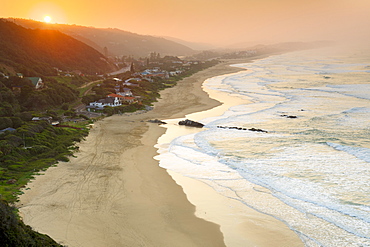
View of the beach and town of Wilderness on the Garden Route in Western Cape Province, South Africa, Africa
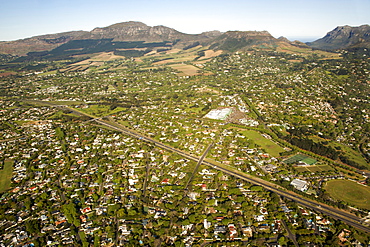
Aerial view of southern suburbs including Constantia, Meadowridge and Plumstead with the M3 highway clearly visible, Cape Town, South Africa, Africa

